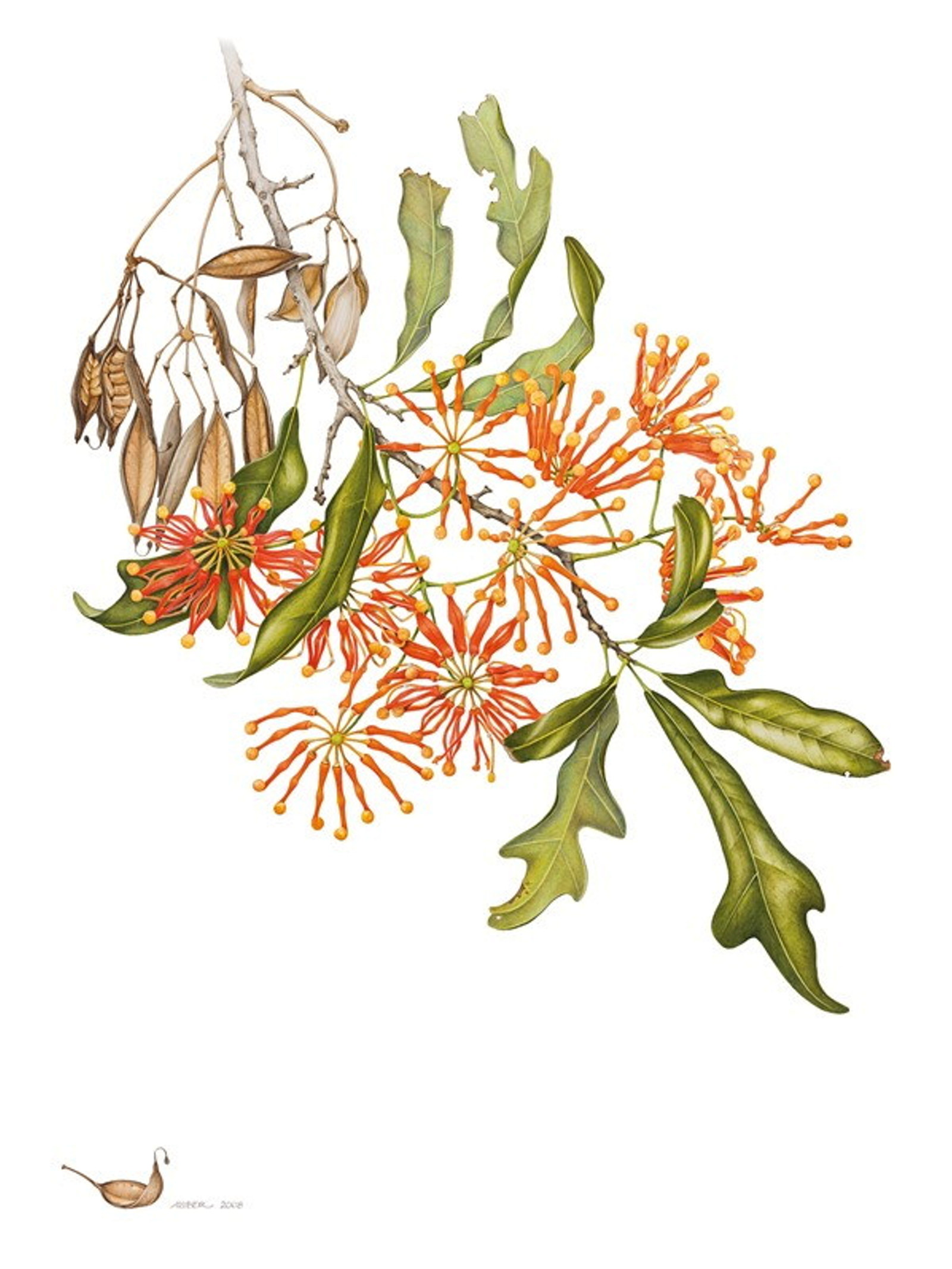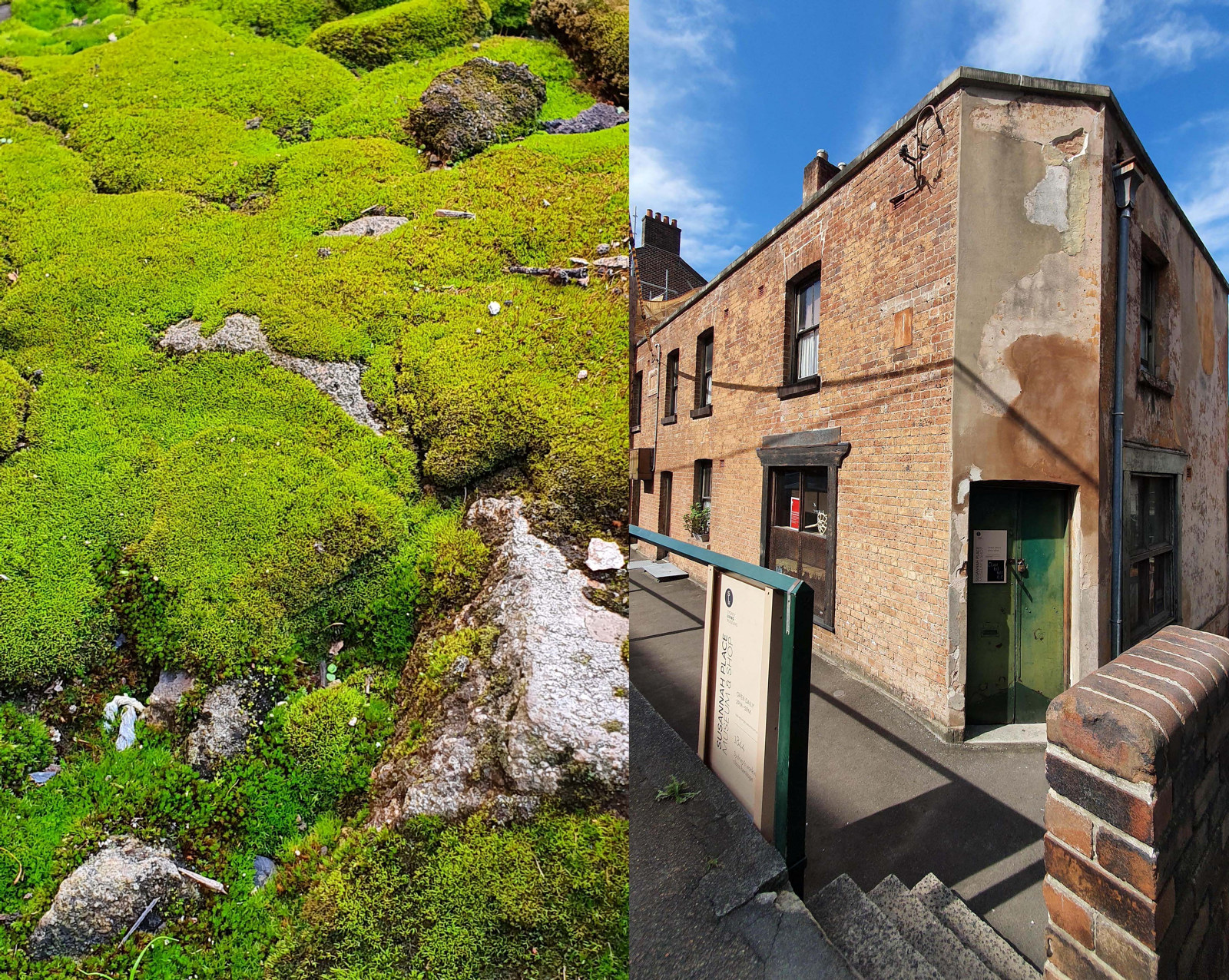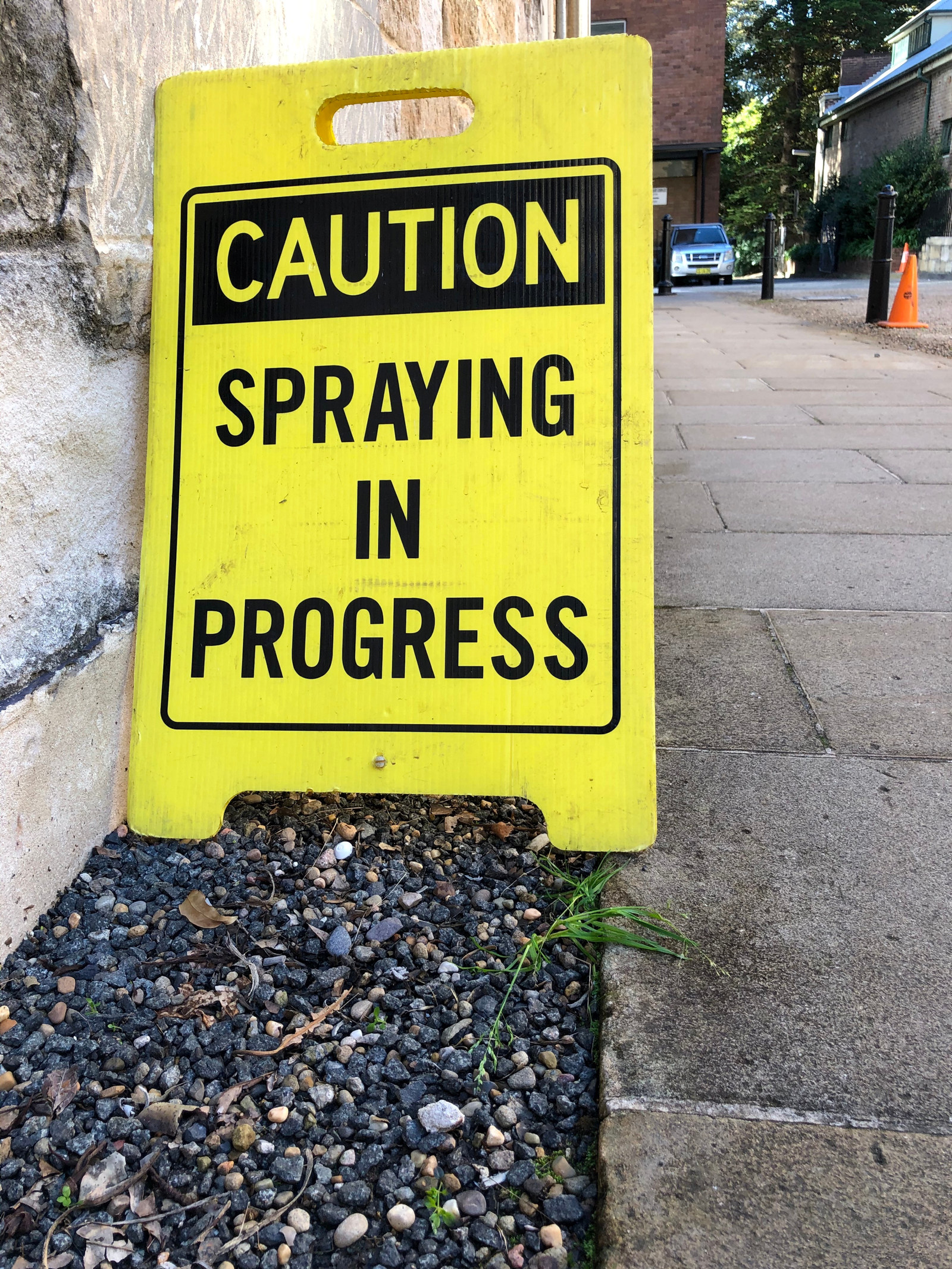Angel’s Trumpet (Brugmansia arborea) at Vaucluse House
One of the most stunning plants growing at Vaucluse House is the Angel’s Trumpet. This versatile plant has a long history in colonial gardens.
Angel’s Trumpet (Brugmansia arborea) is a beautiful perennial shrub native to South America. It was introduced to the colony from Rio de Janeiro for its attractive trumpet flowers. It likes full exposure to the sun, but can grow in partial shade. It was often cultivated as a feature plant in colonial gardens and can still be seen in many today.
Angel’s Trumpet is a semi-thirsty plant that likes to be watered often, although the ones at Vaucluse House seem to thrive on neglect. It prefers consistently moist soil but does not like to be waterlogged, making the sandy soil at Vaucluse a perfect growing medium. It can grow up to 4.5m tall with leaves that are oval shaped and up to 25cm long by 15cm wide. The beautiful trumpet-shaped flowers can grow up to 20-35cm long and hang almost straight down. They produce an intoxicating fragrance after sunset that attracts pollinators to the flowers.
One of the many qualities of the Angel’s Trumpet is its hardiness, if it gets too hot and thirsty it will shrivel up but will then respond very quickly to watering and will quickly bounce back to full health.
It is often confused with the Datura species because both plants have trumpet-shaped flowers. However, Brugmansia flowers point down whereas Datura point up. In total there are 7 recognised species of Brugmansia but several hybrids and cultivars have been developed around the world for use as ornamental plants. They produce a smooth and narrow fruit, though be warned all parts of the plant are toxic.
The Angel’s Trumpet can be found growing by the west turret at Vaucluse House and in the Pleasure Garden. It is a great example of one of the many historic plants present at Vaucluse House. It first appears on the 1845 plant catalogue for Camden Park. Sydney’s mild climate made it an easy and popular plant to grow in gardens from the mid 19th century onwards.
Published on
Plant your history
Browse all
Florilegium plants
A gathering of flowers: the Florilegium collection
Finely detailed botanical artworks reveal the range of plants introduced to Sydney’s gardens over the past 200 years

Plant your history
A mossy analogy for Susannah Place: small but mighty
Mosses are everywhere! They are small, mighty, unsung and inhabit the most unusual places. They can be found in all our museum outdoor spaces if one looks closely enough

Plant your history
A new weapon in the war on weeds
A black and yellow sign warns me there is “Spraying in Progress”, and I wonder for a moment why no one is wearing a mask, or even gloves. But the dangerous looking mist enveloping these men is not what it seems

Plant your history
Acanthus - an apt symbol for The Mint
Look at any classical building today, anywhere in the world and chances are you will find an acanthus leaf lurking somewhere
